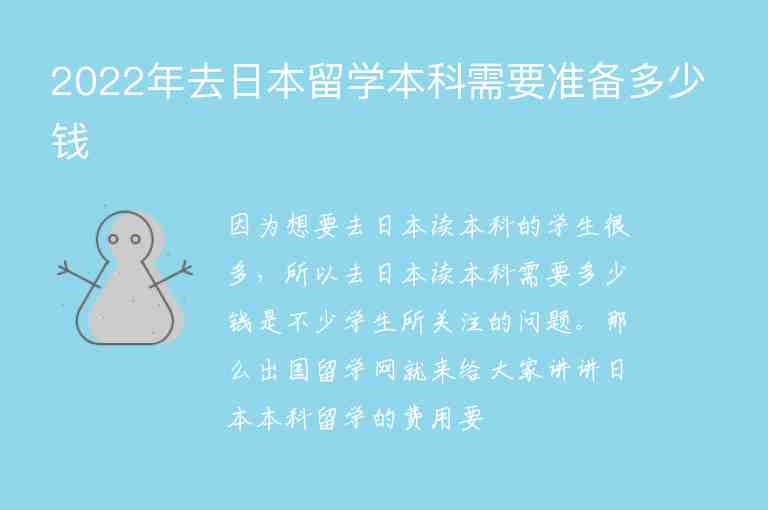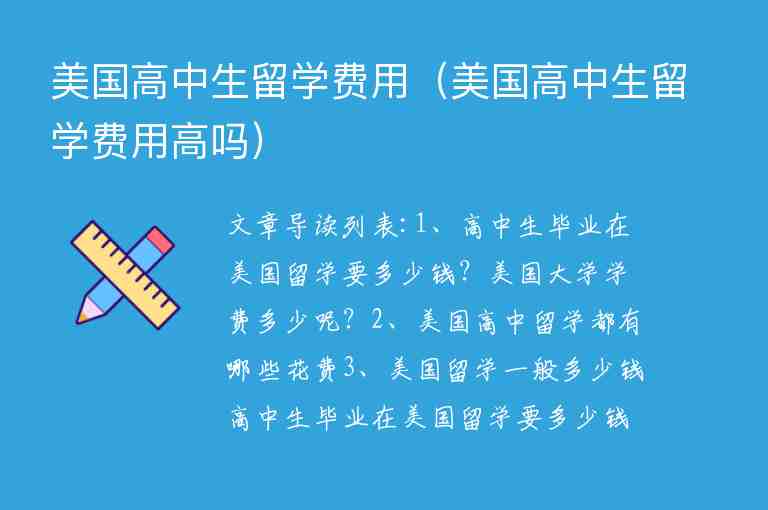前仆后继(qián pú hòu jì)是一个成语,指前面的人离去后,后面的人紧跟着上来,继续前进。也可以形容接连不断地往前走。
怎么读(音标)
qián pú hòu jì [tɕʰjɛ́n pʰǔ xòu tɕì]
用法
“前仆后继”一般用于形容人们接力、接替、接班等连续不断的行为。也可以用来形容事物或者思想的传承和延续。
例句1-5句且中英对照
1. 在这场马拉松比赛中,选手们前仆后继地奔跑着,争夺冠。
In this marathon race, the runners were racing one after another, competing for the championship.
2. 随着科技的发展,我们能看到一代又一代的年轻人在前仆后继地追求进步。
With the development of technology, we can see generation after generation of young people striving for progress.
3. 这家公司因为不断有新的人才加入,所以业务能够在前仆后继地发展。
Thanks to the continuous influx of new talents, this company's business can develop in a continuous manner.
4. 历史上有许多人物,他们前仆后继地为和民族奋斗,留下了不朽的功绩。
In history, there have been many heroes who fought tirelessly for their country and nation, leaving behind immortal achievements.
5. 这部电影展现了一代又一代人在艰苦的环境下前仆后继地生活和奋斗的故事。
This movie tells the story of generations of people living and struggling in difficult circumstances.
同义词及用法
1. 接力:指人或物相继接替、传递,也可用于比喻。
2. 继承:指接替前任的职位、财产或权利,也可用于比喻。
3. 持续:指连续不断地进行或存在。
4. 连绵不断:形容时间、空间等连续不断延伸或发展。
编辑总结
“前仆后继”这个成语是由“前”、“仆”、“后”、“继”四个字组成,意思是前面的人离去后,后面的人紧跟着上来,也可以形容接连不断地往前走。它可以用来形容人们接力、接替、接班等连续不断的行为,也可以用来形容事物或者思想的传承和延续。在使用时,可以与同义词如“接力”、“持续”、“连绵不断”等搭配使用,丰富表达的方式。总的来说,“前仆后继”是一个形象生动、富有感染力的成语,可以用来形容各种连续不断的行为和现象。

